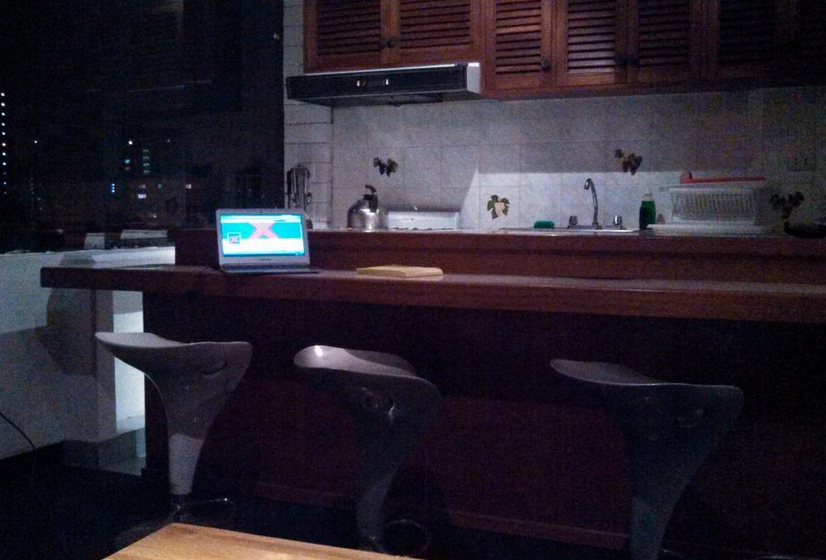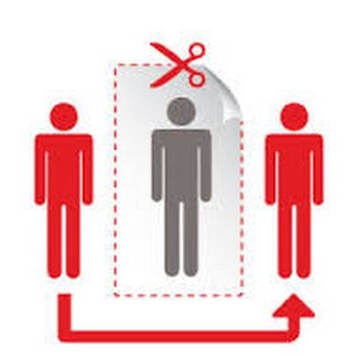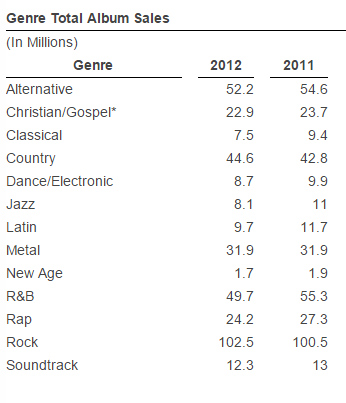 Thousands of young men are flocking overseas to “make money online.” They flock to Cambodia, Thailand, and the Ukraine in hopes of making hundreds of dollars a month off their various affiliate blogs and freelance writing gigs.
Thousands of young men are flocking overseas to “make money online.” They flock to Cambodia, Thailand, and the Ukraine in hopes of making hundreds of dollars a month off their various affiliate blogs and freelance writing gigs.
While it’s a cool idea on paper, being location independent actually kind of sucks in real life.
I’ve done it before and would never do it again. Although I enjoyed traveling and living in Peru, I hated the amount of hours I spent working on menial tasks. Writing articles for some fly-by-night business is about as fun as watching paint dry. And to add insult to injury, many of my clients would vanish once payday came.
It was frustrating and I actually grew to hate my job. It was tedious, repetitive, and time consuming. I was doing entry-level office work without the health benefits or paid vacation days. All the thrill of a mundane 9-to-5 job with none of the stability or benefits.
What a deal!
How to make $3,000 a month freelance writing
My location independent living wasn’t some nightmare situation. I didn’t live in a dirt floor hovel, or have to skip breakfast because I couldn’t afford it. Aside from work, my lifestyle was pretty sweet. I earned enough to stay in a spiffy apartment that cost over $1,000 a month, ate at one of the fanciest restaurants in the word, and went on some fairly expensive sightseeing trips.

(Claim backed by proof)

However, I also worked for roughly 10 to 12 hours a day and usually did so seven days a week.
Freelance writing, as many people come to discover, has some serious problems with its pay grade. Certain people, like Bob Bly, get $1,500 for an 800 word article. Other folks only get a penny a word (meaning that same 800 word article would net them a whopping $8).
Many freelancing sites, like Elance and Textbroker, are notorious for their low pay. The “businesses” looking to hire are often nothing more than copycat hacks who are looking for someone to rewrite content from a more popular blog.
I managed to avoid these gigs, but most of the stuff I was doing paid $20 or $30 an article. Not bad, but not great either. Especially considering the number of hours I had to put in just to make a decent wage.
Another issue with freelance writing is ownership. When you write an article for a company you can often sell it based on “first rights only.” These means that you retain the rights to whatever you pen and can republish it after the company has run it. In other words, you can reuse the same article over and over. When you freelance for a website you generally have to fork the rights over.
If I had retained first rights on all the articles I had written, I could have published a bunch of “swipe files” and sold them to other freelance writers. Making additional money off something I had already created.
Lastly, many of these location independent jobs (like freelance writing or affiliate blogging) are very unstable. Even though you technically own a business, you have no real control over the company. If Google decides to change their algorithms, your coffee pot blog could get wiped out. Freelancing is no different. Clients continually offer less and less money to their contractors, hoping to stretch every penny they’ve invested in some rinky-dink business. Even ghost writing books pays poorly. Many titles get written for around $5,000. This means that you’d have to author four books a year just to make as much as someone who works at Kmart.
If you want to slave away with very little reward, freelancing for some broke wantrepreneurs is a great way to waste your time.
Work with million-dollar businesses near you
In their rush to move overseas and “strike it big blogging” no one ever sits down to do some basic math. A blog making $50,000 a year is pulling a fraction of what some local mom-and-pop store is doing back in your hometown. To earn a million dollars per year you have to make roughly $3,000 a day. Something that most bars, restaurants, auto repair shops, dentists, and real estate agencies do.
And here’s the kicker: These places are willing to pay top dollar for stuff that most “location independent entrepreneurs” would have to do for free.
Those cheesy eBooks that you get for opting into an email mailing list? A big company will pay you to write that.
That webpage you’re going to spend hours mulling over as you design it? Someone will give $2,000 to make theirs.
Heck, I have a lucrative part-time job inserting hyperlinks and uploading PDF documents.
I have another side business, which you’ll soon be reading about in lurid detail, where I take a $5 product and make $44.50 profit from it. The whole set-up process takes about 10 minutes and two emails. Way more efficient than building a blog, writing 5,000 words for a client, or cobbling together an eBook about “lifehacks.”
If everyone you do business with is broke you’ll sink to their level. If everyone you do business with is successful you’ll rise into their ranks.
Businesses make money. Websites do not

If your dream is to move to Cambodia and make Amazon Affiliate sites about coffee pots and toasters, you’re in for one rough ride. And there are several reasons for this. First off, affiliate blogs are the proverbial middleman, the third wheel. That person who they’re referring to on radio advertisements when they say “We cut out the middle guy.” The buyer could go straight to the source and get the exact same thing for the exact same price. You’re not offering anything special
Secondly, in the year 2015 most people still don’t buy much online. And when I say “most people” I mean folks from every walk of life. If you assume that senior citizens are the only demographic to do very little online shopping, you’re about to be very surprised. I’m going to make a very bold claim that is sure to ruffle some feathers:
Most tech savvy people are bad customers
Here’s something I learned from the eBook business, the biggest buying demographic is middle age women who aren’t particularly good with computers. They aren’t using torrent sites, or finding obscure blogs with download links. If they see something they want they buy it. That simple.

This rule of thumb is true in almost every niche or venture. Country music, for example, is well documented to outperform rap and EDM in the sales department. One of the biggest reasons for this is average age. The average country music fan is 45 years old. In contrast, the majority of rap fans are somewhere between 19-34 (I couldn’t find an exact number, but this is the ballpark estimate).
Who, in general, is more likely to spend $20 on an album: A 19-year-old kid with expert knowledge of torrent sites, or a 45-year-old who rarely uses their computer?
There are obviously some exceptions to this, but it’s a good rule of thumb to structure your business around. The more tech savvy someone is, the less likely they’ll buy something that’s available for free somewhere else.
Going back to our discussion about million-dollar businesses, I have some good news for you. Many lucrative companies are owned by people who are not particularly tech savvy. The owners are busy turning a profit and running their company. Many of them simply don’t have the time to fiddle around with web design or email newsletters.
This is great for you. Those same skills that you’d be using for your affiliate blog, or Elance freelancer business can be utilized to help your local plumber, auto-body shop, dry cleaner, dentist, and ice cream parlor. All for a greater profit than you’d have earned otherwise. An affiliate blog might make you $10,000 a year if you work really hard and update it frequently. In comparison, a simple website design for a local company could earn you $2,000 for two weeks worth of work. Plus extra money whenever you have to make minor changes.
Final word
It really upsets me when I see guys fleeing America so that they can live on $500 a month in Transnistria. It’s nice that people want to start their own businesses, but moving overseas to make less than minimum wage is a horrible idea. Especially when you could be doing quite well at home.
Before you pack your bags for a life abroad in the cheapest war-torn slum you can find, take a walk around your neighborhood and look for ways to connect with the million-dollar enterprises that are in your own backyard.